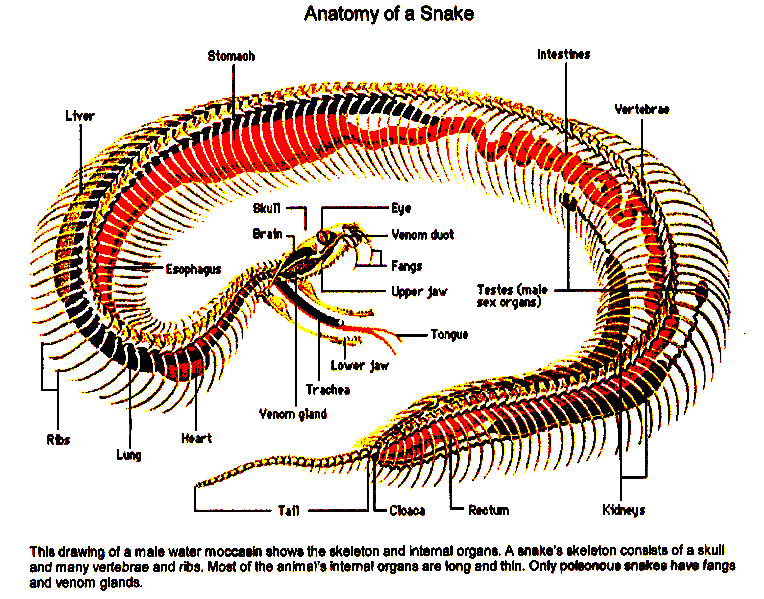
The anatomy of a snake Mike Cosgraves Weblog
Category: Animals & Nature Also called: serpent rattlesnake cobra blind snake worm snake venomous snake See all related content → Recent News Jan. 5, 2024, 4:26 AM ET (Yahoo News) Aussies stunned as snake found inside belly of coral trout: 'So cool' Dec. 30, 2023, 11:39 AM ET (AP)

About Snakes Friends of Snakes Society
one lung ectothermic long slender bodies There are over 3,500 individual species that fit these characteristics, with more being added each year. These 3,500+ species are split into 20 different families that can be further broken down into 520 genera.

Snake Anatomy Drawing, Step by Step, Drawing Guide, by Dawn DragoArt
The acting skills of this snake might help her escape certain death. 28 July 2022. Snakes; Animal Behaviour; Predators; More. Science. This man gets bitten by deadly snakes in the name of science. Medicine; Snakes; More. Animals. How predators get past the trickiest of defences. Snakes; Animal Behaviour; Dolphins; Predators; Wildlife;
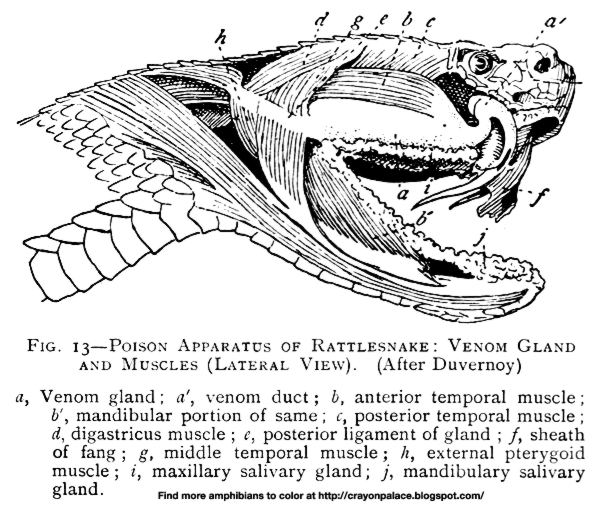
Identify and color the parts of a rattlesnake Crayon Palace
Snakes have no moveable eyelids, limbs, ear openings, sternums, or urinary bladders. Most species have only one functioning lung, although many have a second, vestigial (essentially non-functioning, or only marginally functional) lung. The organs in the snake body are necessarily elongated, to fit within the narrow confines of its body cavity. Lizards differ from snakes anatomically by having.
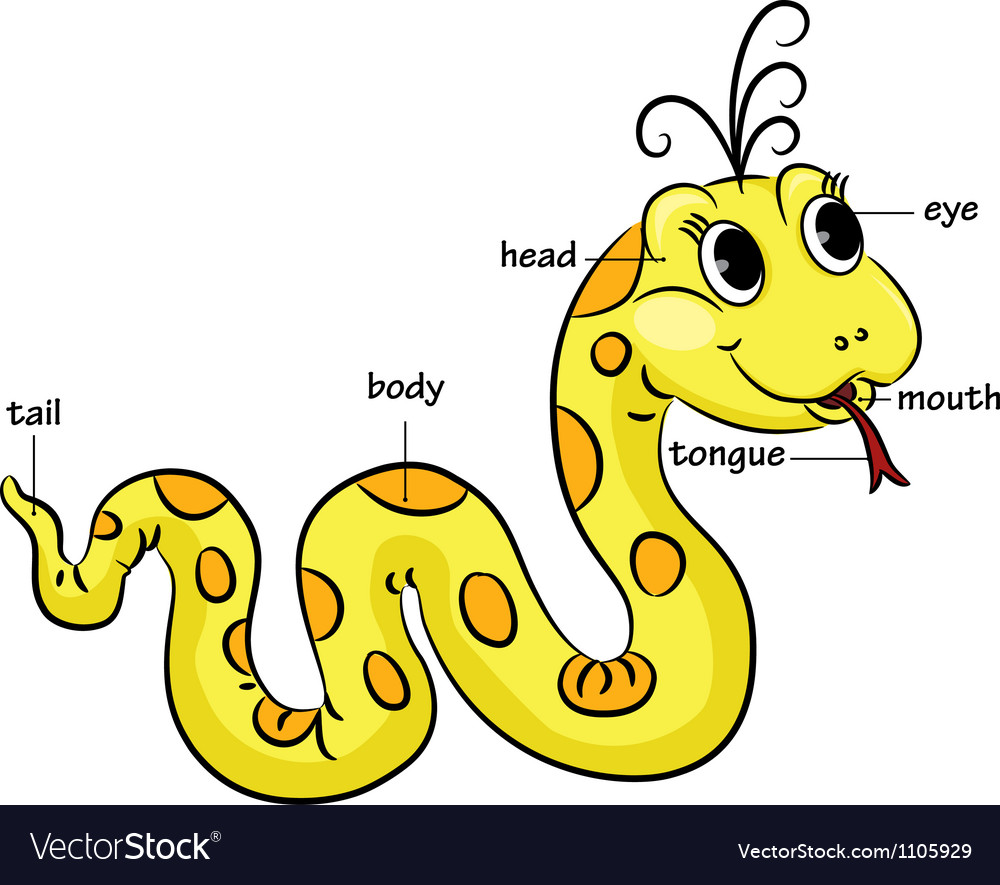
Snakes body parts Royalty Free Vector Image VectorStock
snake, Any member of about 19 reptile families (suborder Serpentes, order Squamata) that has no limbs, voice, external ears, or eyelids, only one functional lung, and a long, slender body. About 2,900 snake species are known to exist, most living in the tropics. Their skin is covered with scales.
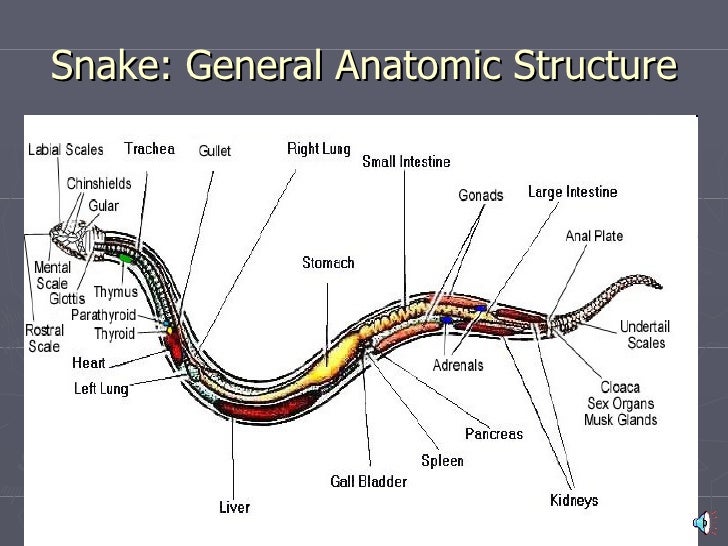
Snakes Anatomy Anatomy Drawing Diagram
Snake - Skull, Sense Organs: Snakes rely on several senses to inform them of their surroundings. The pits are sensitive to changes in temperature. The lidless eyes are covered by a transparent cap of epidermis. Sound reception is entirely by bone conduction within the skull. The skull is characterized by mobility, with hinge joints at several levels. Kidney wastes are excreted in a solid state.
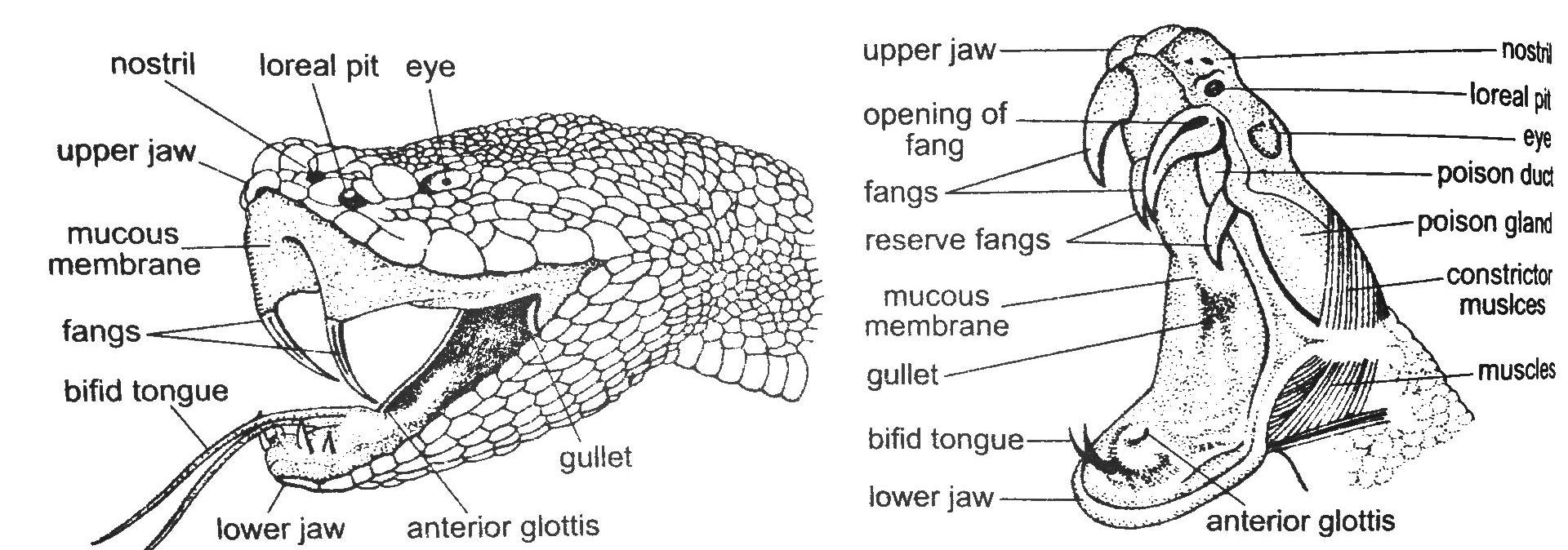
How Do Snakes Bite? (Biting Mechanism of Snakes)
0:16 Introduction A snake is a reptile with a long, slender body but no arms or legs. Snakes are closely related to lizards. There are about 2,900 species, or kinds, of snake. The best-known snakes include cobras, vipers, boas, and pythons. Where Snakes Live Snakes are found throughout the world except near the North and South poles.

Parts of a Snake Nomenclature Book Montessori Zoology Etsy
A fun way to learn the parts of the body of a snake - with the whole family. If you've used our snake anatomy poster, you'll know all about the body parts of a snake. Now you can prove your knowledge with this fun labelling activity!
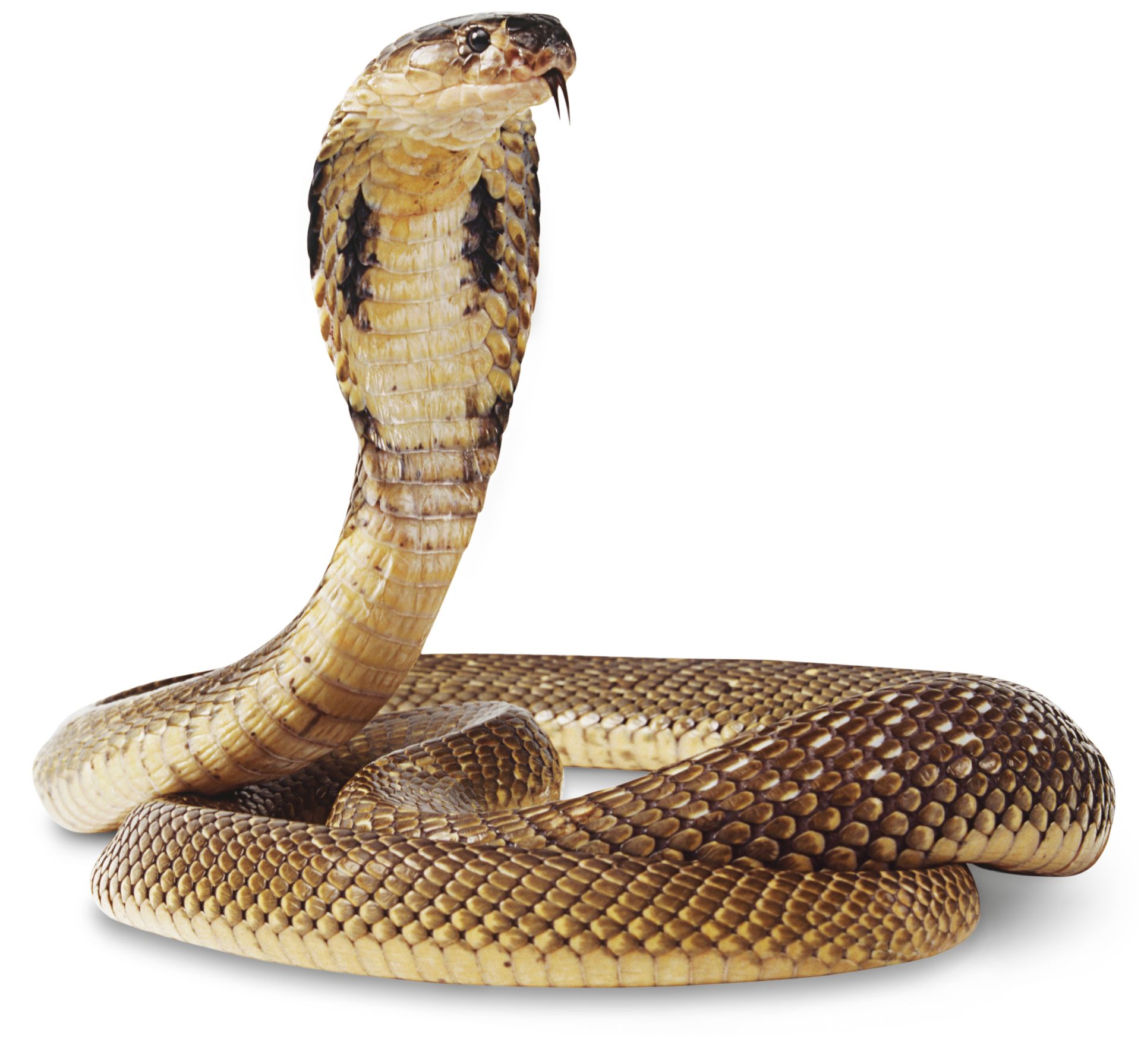
Cobra Snake Facts Cobra Snake Information DK Find Out
Habits. About once a month snakes shed their skin, a process called ecdysis that makes room for growth and gets rid of parasites. They rub against a tree branch or other object, then slither out.
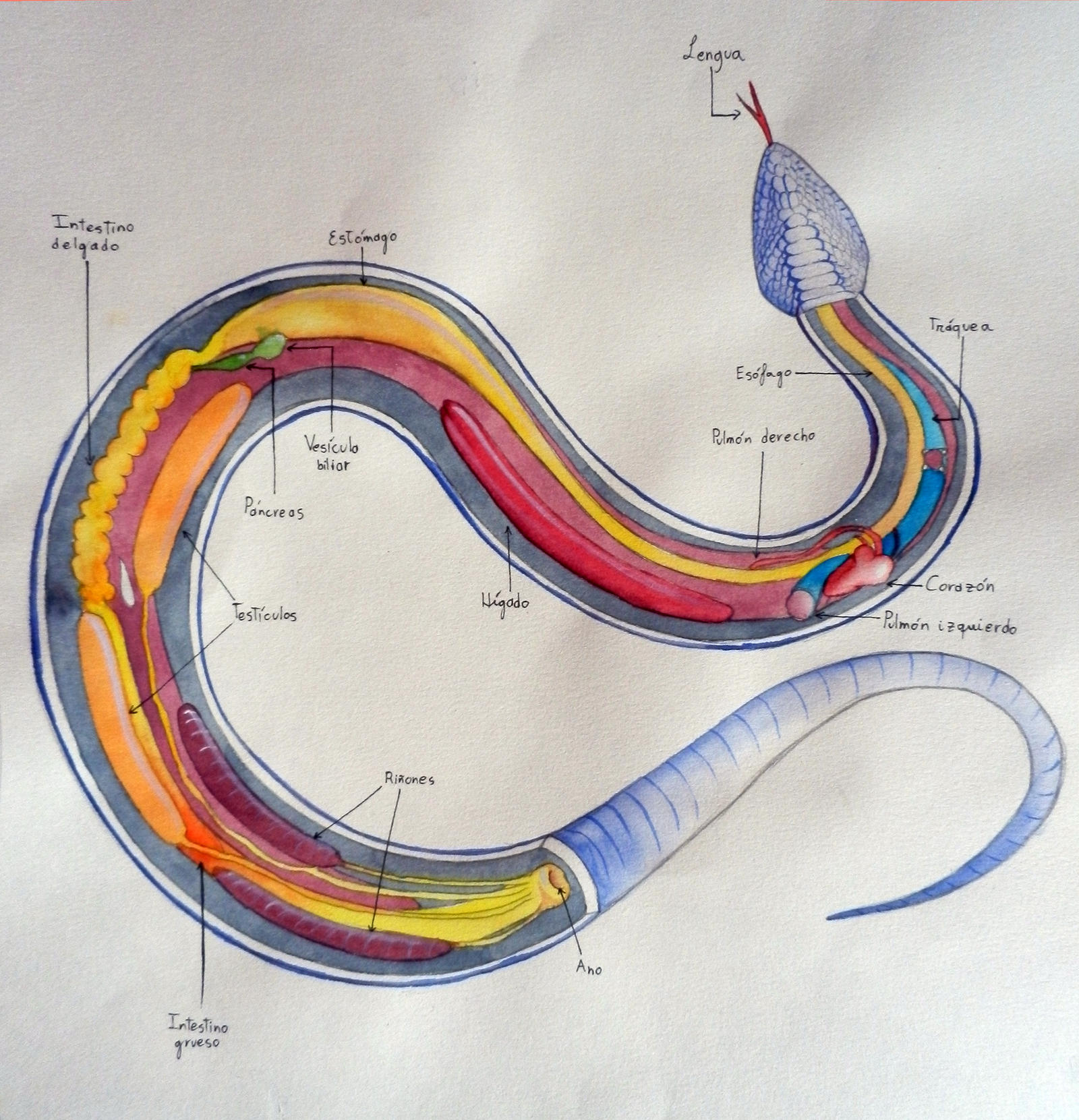
Snake organs (Anatomy study) by Erobertix on DeviantArt
yellow anaconda Yellow anaconda (Eunectes notaeus). green mamba East African green mamba (Dendroaspis angusticeps). The most characteristic aspect of the snake form is the elongate body and tail and the absence of limbs.
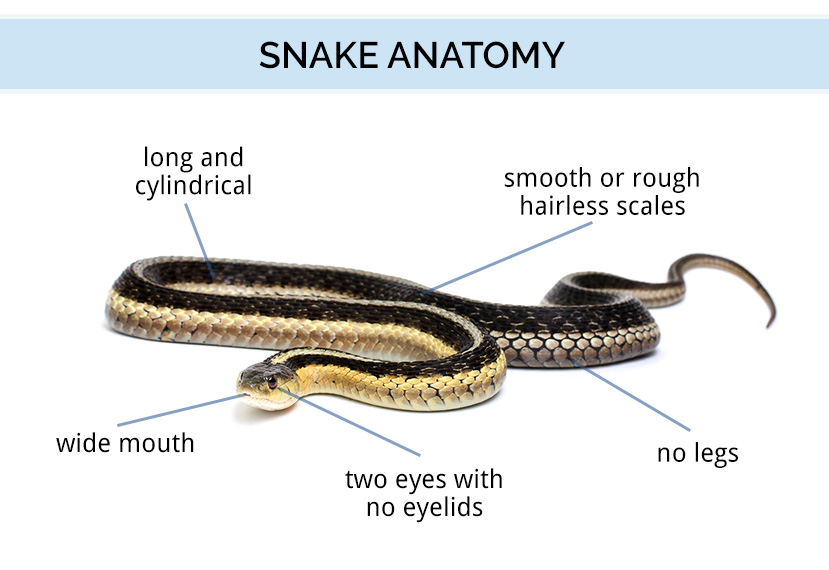
Snake Identification, Anatomy, & Life Cycle Types of Snakes
Just about everyone knows what a Snake is. These creatures have long bodies, no legs, and their skin has a covering of scales. Most species also have extremely flexible jaws, or even possess extra joints, so that they can swallow prey larger than themselves! Researchers recognize about 3,600 different species of Snakes.

Snake anatomy and physiology pet education, The anatomy and physiology of snakes differs from
Experience the world of snakes in a whole new way with my fascinating 3D animation about the anatomy of these fascinating animals. Learn about the anatomy of.
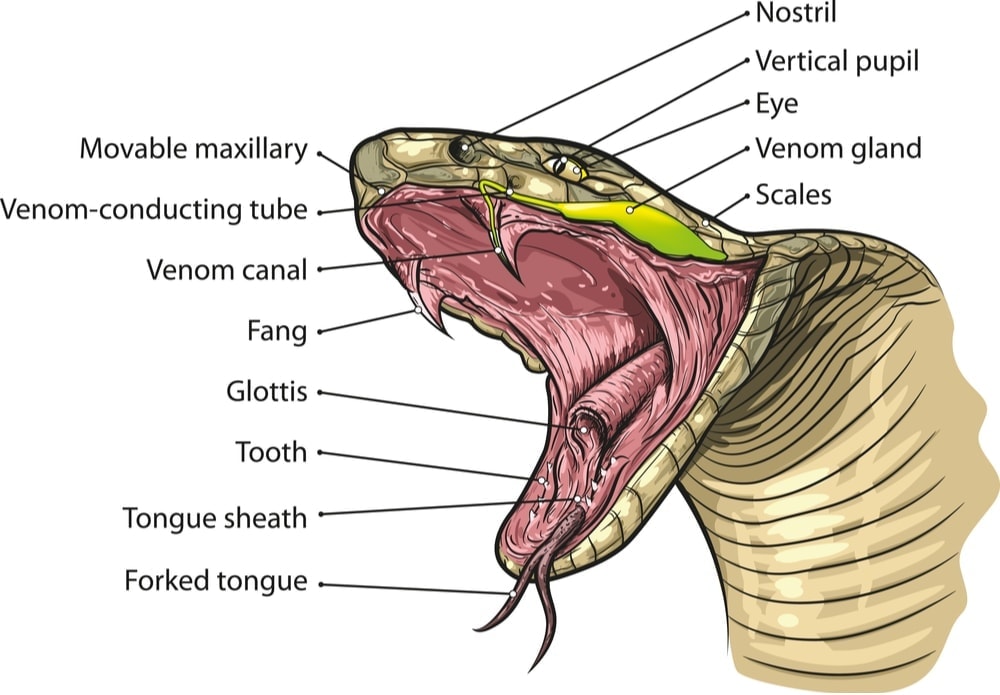
Snake Anatomy Information » Petsoid
Some possess venom that is potent enough to cause painful injury or death to humans. Nonvenomous snakes either swallow prey alive or kill by , itself from Proto-Germanic snak-an- 'ring snake', Swedish 'grass snake'), from Proto-Indo-European (s)nēg-o- 'to crawl to creep', which also gave 'snake'.

All about snakes Wildlife
Snake Subspecies: Snake in the Thai rainforest. Image credit Siripong Jitchum via Shutterstock. According to the now-outdated Snake Species of the World series (though it may have been updated since first published), there exists more than 31 families, 450 genera, and over 2,500 species of snakes currently living in the world.

98 best drawing snake study images on Pinterest Snakes, Amphibians and Reptiles
As diverse as they are, all snakes share a common body plan, with a long, legless trunk and a short tail (you can tell trunk from tail by the skeleton: the trunk is the part with the ribs). They also share a common lifestyle - every snake, everywhere on earth, is a predator.

Snake Anatomy & Physiology Bugs In The News
Snake Anatomy Snakes belong to the reptile group. They lack the moveable eyelids, limbs, sternums, urinary bladder and ear openings. The body of the snake is so narrow and elongated. So the organs of the snake are also elongated to fit in the body structure The quadrate bones that connect the skull to the lower jaw are long and flexible.